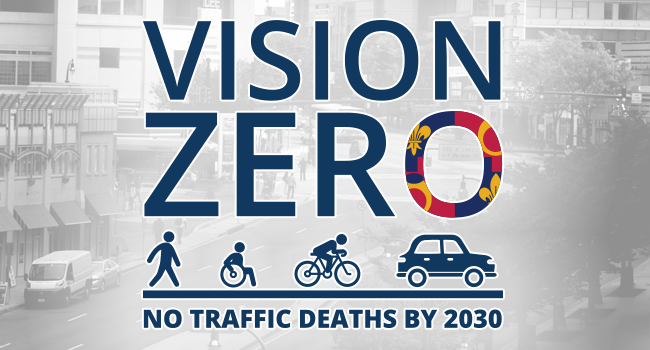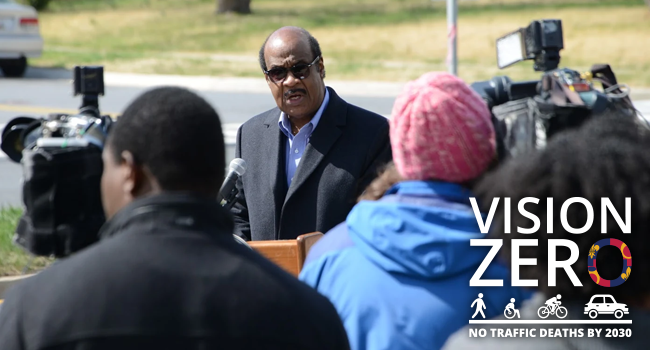WHAT IS VISION ZERO?
The Vision Zero concept was created in Sweden in 1997 and is widely credited for significant reductions in fatal and severe collisions on Sweden’s roads, despite increased driving, biking, and transit use. Vision Zero came to the US in 2000 with Washington State adopting its Target Zero plan. In 2014, New York City became the first city to adopt Vision Zero, and the idea has since taken off. As of March 2017, Vision Zero has spread to 27 jurisdictions across the country. Vision Zero policies generally share six common principles:
Transportation–related deaths and severe injuries are preventable and unacceptable.
- Transportation–related deaths and severe injuries are preventable and unacceptable.
- Human life takes priority over mobility and other objectives of the road system. The road system should be safe for all users, for all modes of transportation, in all communities, and for people of all ages and abilities.
- Human error is inevitable; the transportation system should be designed to anticipate error so the consequences are not severe injury or death. Advancements in vehicle design and technology, as well as roadway engineering advancements, personal electronic device innovations, etc., are necessary components for avoiding the impacts of human errors.
- People are inherently vulnerable, and speed is a fundamental predictor of crash survival. The transportation system should be designed for speeds that protect human life.
- Safe human behaviors, education, and enforcement are essential contributors to a safe system.
- Policies at all levels of government need to align, making safety the highest priority for roadways.





